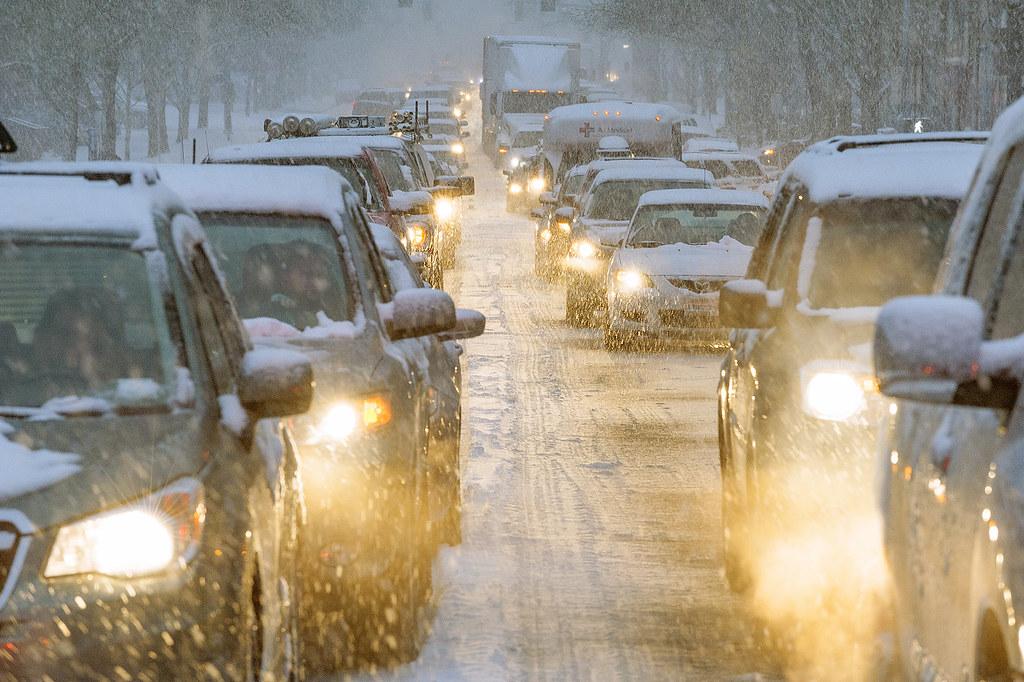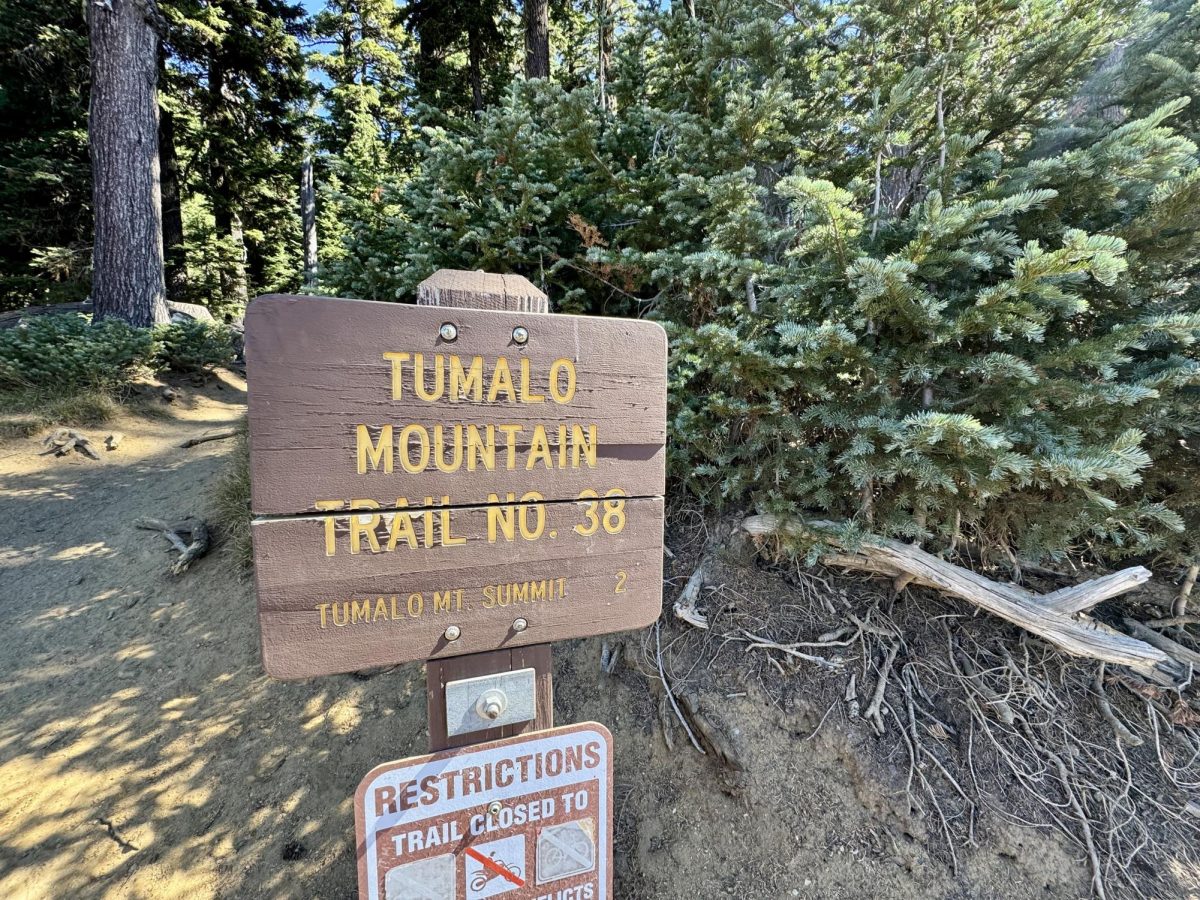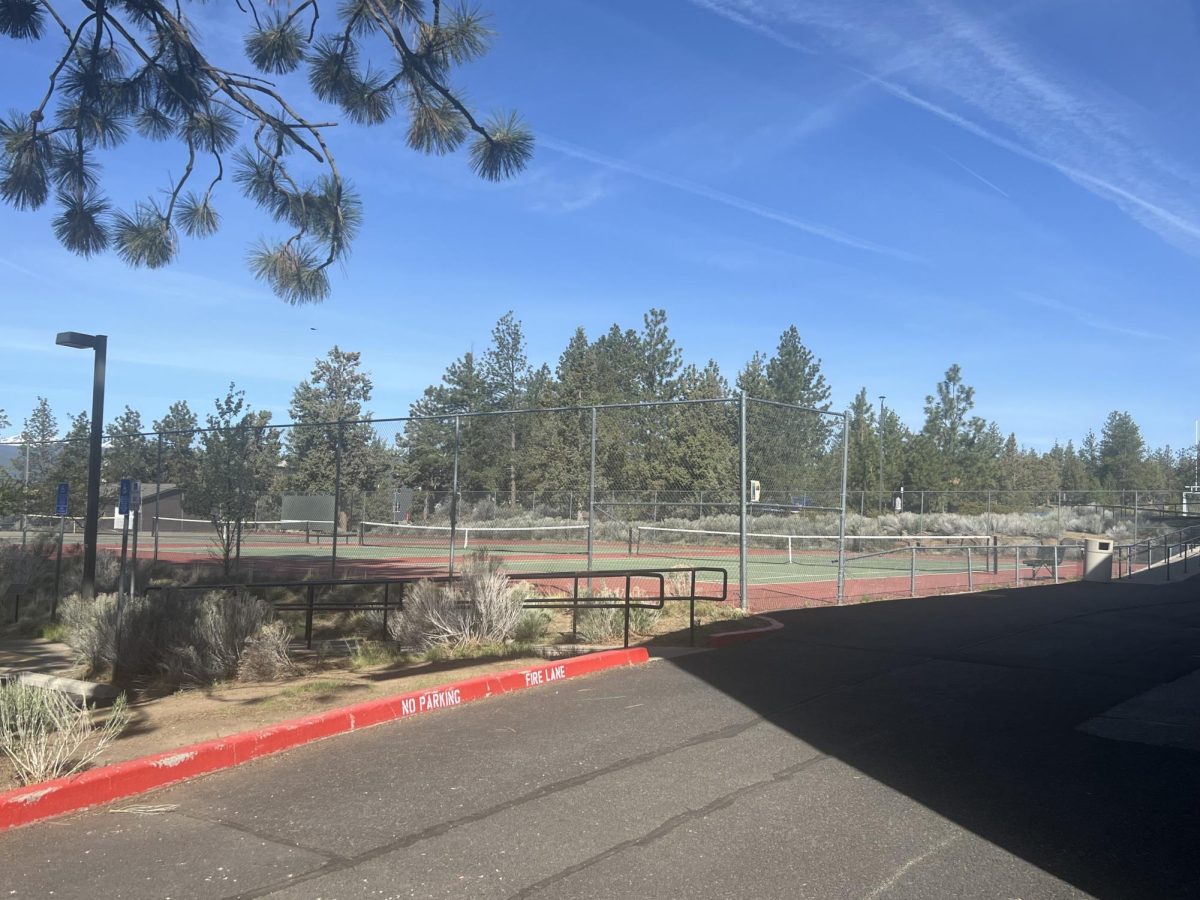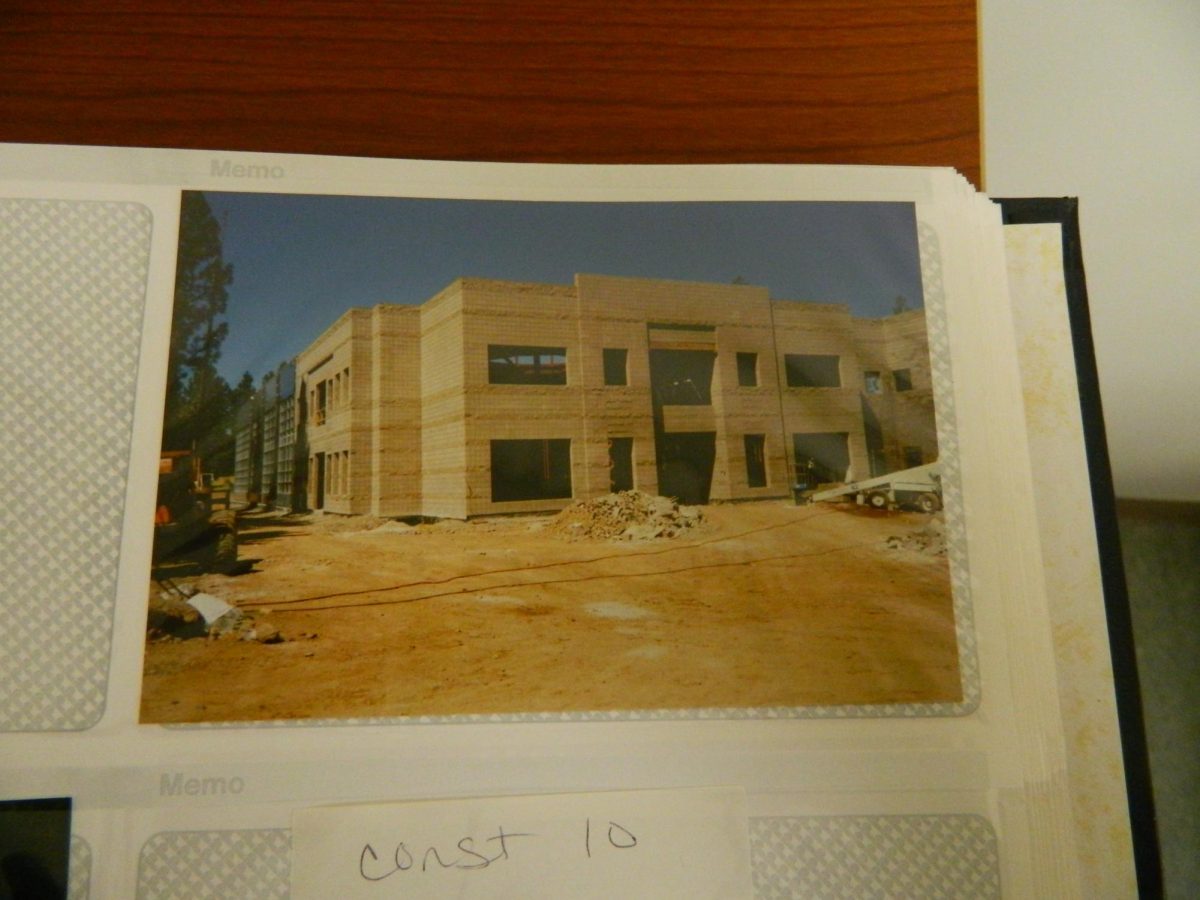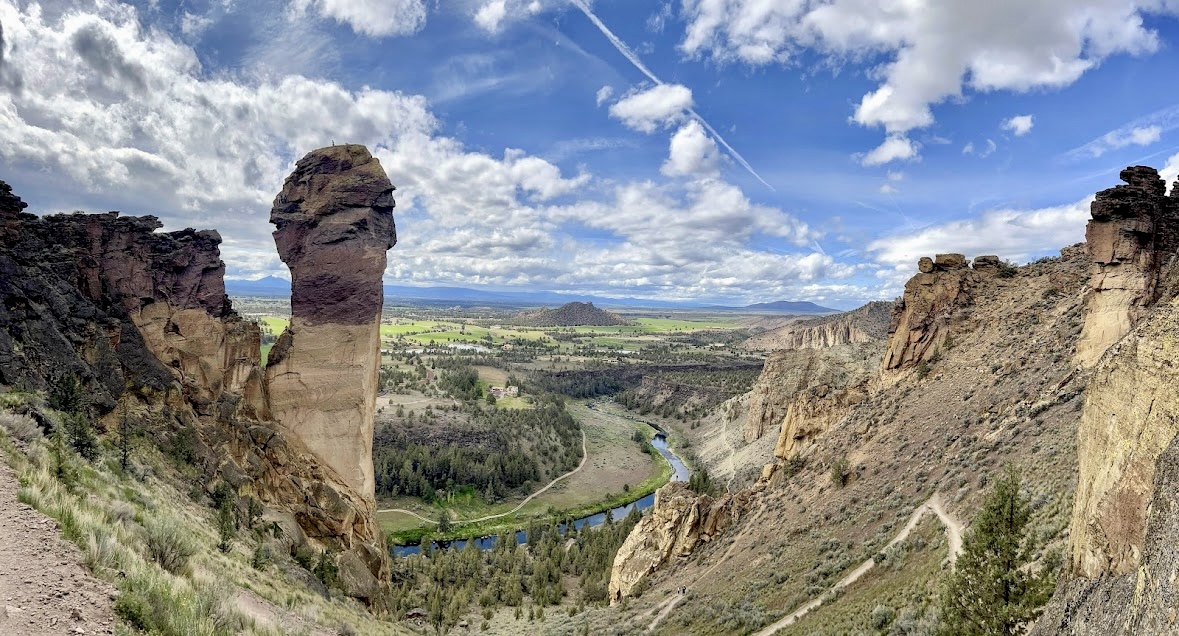Fredrik Finney-Jordet/The Broadside
The temperature drops below freezing practically every night, rain has been replaced by slush and snow and skis have appeared in top-boxes everywhere. Winter in Central Oregon has just begun.
With the low temperatures, icy roads and less-visible conditions, driving is more difficult—and more dangerous—in winter. Each year, over 116,000 Americans are injured in accidents on icy or snowy roads. Here’s what to do to keep a car in good shape and stay safe on the roads this winter.
Ken Mays, a professor of automotive technology at COCC, discussed what students and staff can do to stay safe and keep their car in top shape during the winter months.
“Procrastination is not your friend,” Mays said. “Each year, I see dozens of vehicles that were not prepared for the cold.” According to Mays, drivers should make sure a variety of their car’s components are in shape, including tires, antifreeze, battery, windshield wipers, lights, and exhaust system.
“Studs or stud-less winter tires seem to work best in this climate,” Mays said. “Don’t take chances with worn tires.” According to Mays, “we do have weather systems that take the temperature to negative 30 degrees.”
Drivers should make sure that their antifreeze and battery are up to date. In terms of what people often miss, “batteries are the big one. Weak batteries leave you stranded.”
According to the National Highway Traffic Safety Administration on their Winter Driving Safety webpage, there are plenty of behavioral changes people can make as well to stay safe in winter conditions. Driving more slowly, increasing the following distance between cars and taking time to learn how a vehicle handles under winter conditions, are all great extra precautions to take to ensure safety for everyone.
In case all else fails, Mays suggested keeping emergency supplies such as food, blankets and a flashlight in the car. The NHTSA suggests keeping jumper cables, flares or emergency lights in your one’s vehicle as well. “Even if you don’t need them, they can be used to help someone else in need on the road.”
For more knowledge on keeping a car in good shape, COCC offers a basic automotive class. Mays suggested AUT 107 Mechanical Systems I.
By following basic knowledge and suggested safety precautions, the Central Oregon winter promises to be more enjoyable than dangerous. As Mays said, “be careful out there”.


